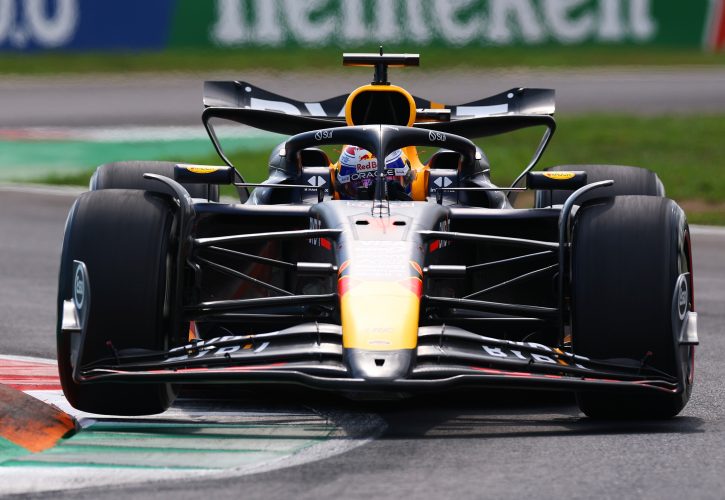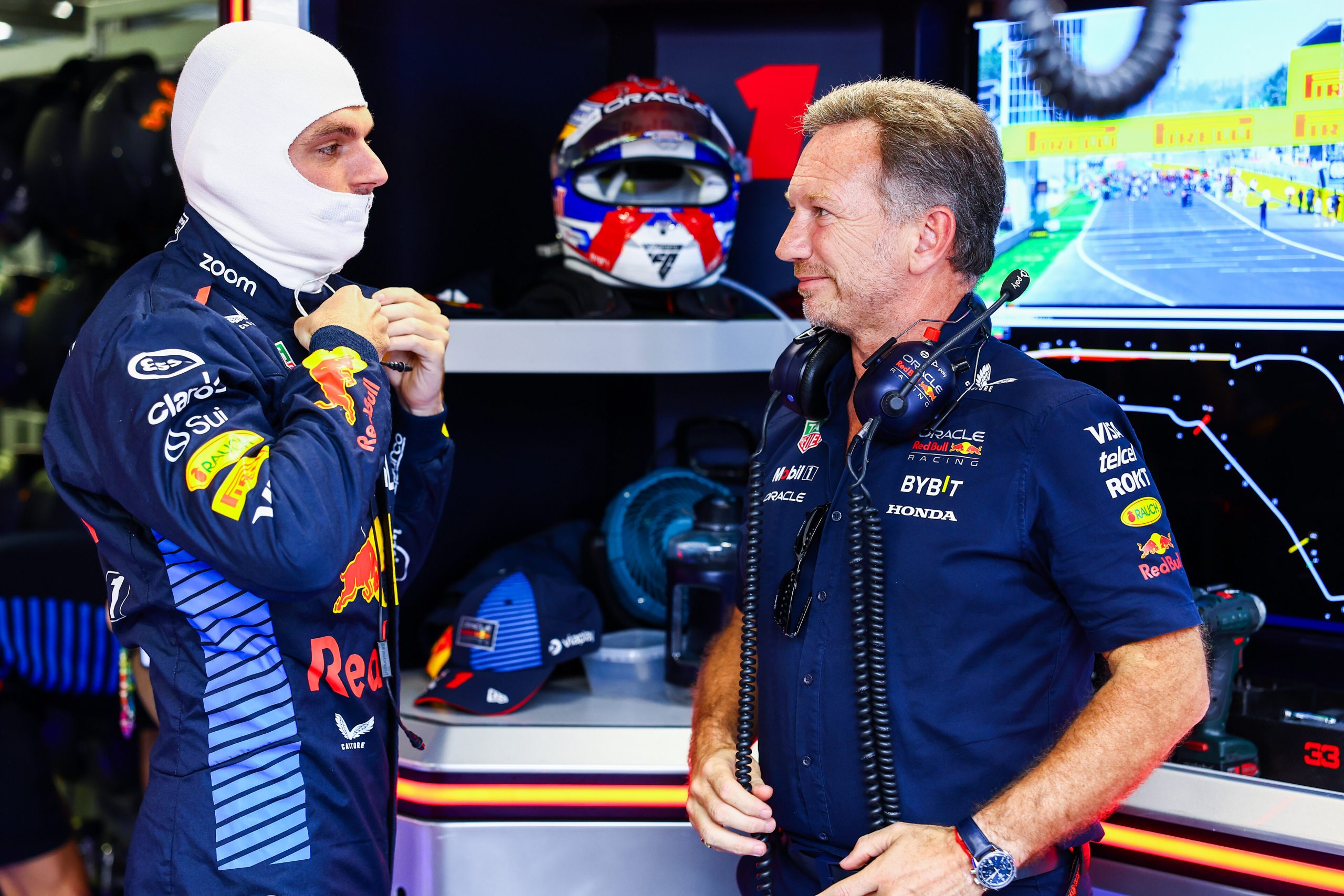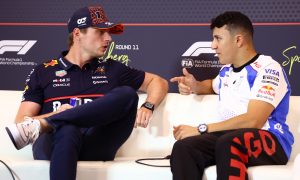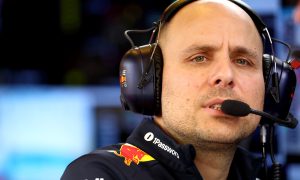
Christian Horner has revealed that correlation issues – a disconnect between the team’s development tools and its car’s on-track performance – are in large part responsible for the current lack of balance of Red Bull's RB20.
Despite a strong start to their title defense, with Max Verstappen winning seven of the first ten races of the 2024 season, Red Bull's performance has waned over the summer.
After enduring a crushing defeat at the hands of McLaren at Zandvoort, Red Bull’s performance went from bad to worse at the Italian Grand Prix, with Verstappen finishing a distant sixth at Monza.
The poor result, which has left Red Bull with only an eight-point lead over McLaren in the Constructors' Championship, prompted the Dutchman to warn his team that bidding for the title in both of Formula1’s championships is “not realistic” if it cannot solve its car’s underlying issues.
“With the pace we had today… both championships absolutely will be under pressure, for sure, we have to turn the situation around very quickly,” Horner acknowledged.
“I think this circuit has exposed the deficiencies we have in the car versus last year. And I think that we have a very clear issue which has been highlighted this weekend.
“We know we have to get on top of and address, otherwise we put ourselves under massive pressure.”
Read also:
According to Horner, the issues embedded in Red Bull car are not entirely new. The Milton Keynes-based outfit has apparently been aware of an underlying problem since the start of 2024, and perhaps even as far back as last year's United States Grand Prix in Austin.
“I think it’s been there for some time, I think actually really going through the data there were issues there at the beginning of the year in the characteristics,” Horner explained.
“Others have obviously made a step and as we’ve pushed the package harder, it’s exposed the issue. Even if you go back in the data there were a few races last year where we started to see this, in Austin, and so on.

©RedBull
“It’s a characteristic we know we have to address, and it’s full focus at the factory to do that.
“I think if you dig into it there were some of these issues early in the year, even when we were winning races by 20 seconds.”
The problem, as Horner explains, lies in a disconnection between the car's front and rear, which has been exacerbated by recent upgrades.
“I think that recent upgrades, whilst it put load on the car, it’s disconnected the front and rear. We can see that, our wind tunnel doesn’t say that, but the track says that,” he noted.
This discrepancy has made it difficult for the team to trust their development tools, such as the wind tunnel, because the data does not match what they are experiencing on the track.
“So it’s getting on top of that, because obviously when you have that it means you can’t trust your tools, so then you have to go back to track data and previous experience,” Horner added.

©RedBull
Red Bull's focus now is on understanding and addressing these issues as quickly as possible.
"I think the most important thing is understanding the issue, and I think there are certain fixes that potentially can be introduced, perhaps not to resolve the whole issue, but to address some of it," said the Red Bull chief.
“We’ve now got a two-week gap before Baku and Singapore, then another mini-break that we can work in, between Singapore and Austin, so this time now is crucial.”
Keep up to date with all the F1 news via Facebook and Twitter







